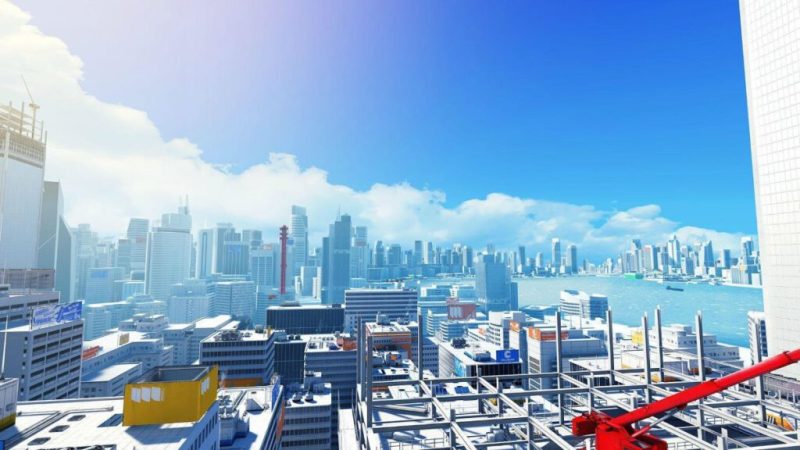In addition to the Metaverse buzz, another layer of Web3 reality that has the potential to completely revolutionize the way humans live within the next twenty years is being constructed now.
It is speculated that future iterations of the Internet would enable persistent online 3D virtual environments that may be accessed via traditional personal computer devices in addition to virtual and augmented reality headgear.
This is the future of the metaverse. Video games such as Second Life have already included metaverses, albeit in a more condensed and restricted manner, into their gameplay.
What exactly is a Mirror World?
Mirror World is a one-to-one map with a scope that is virtually impossible to completely exhaust. A digital reflection of the physical environment, it makes an effort to map real-world structures in a manner that is accurate from a geographical standpoint. When it is finished, our material world and the digital realities will be practically indistinguishable from one another.
Applications of Mirror Worlds
Some of the ways Mirror Worlds can be applied to real-world activities include:
Virtual Assistants
There are speculations that virtual agents and assistants such as Siri and Alexa will take on three-dimensional forms inside the mirror world, allowing them to see and be seen by others. Their eyes will be integrated alongside the matrix’s billions of other eyeballs.
They will not only be able to hear our words, but by seeing our avatars, they will also be able to see our motions and pick up on our micro expressions as well as our moods. Their three-dimensional shapes, like as faces and limbs, will lend an additional layer of subtlety to their interactions with us.
The mirror world will serve as the much-required interface via which we can communicate with AIs.
Real Estate

Utilizing the power of digital twins already being employed by industry leaders like Deloitte in the real estate and PropTech arena provides a completely new dimension to the industry as a whole. It provides an in-depth look at a location at which future property will be developed. We can visually travel down a street lined with buildings, each of which has numerous layers of data such as the owner of the property, the year it was built, the materials used, and so on.
Additionally, it gives us the ability to search for, examine, and understand location intelligence within the context of spatial data. As an illustration, a residential developer can estimate the desirability of a project by simulating and then measuring the amount of noise that is dispersed throughout a neighborhood.
When calculating the return on investment for a commercial development project, commercial developers can easily take into consideration the savings from solar energy by assessing the quantity of sunlight a building can get throughout the year. Real estate is a sector of the economy whose day-to-day attention is on the material world and how to mold it for the future.
Autonomous Vehicle Simulation Software:
Transportation and vehicles are a sector that needs to be properly understood and tested before being integrated with the Metaverse. Mirror Worlds would make for a safe, true-to-reality testing ground for such software.
Real World Augmented Reality
Taking augmented reality into the real world is not an easy undertaking. Consider the rapidity with which large technology corporations are acquiring little businesses that are developing visual positioning systems to address the issue of outdoor localization. Applications that use augmented reality will need to meet several critical requirements before they can be practicably integrated with physical territories as large as a city size. One of these requirements is an absolute understanding of the physical world.
Spatial Search and Spatial Analytics:
To ensure that the Mirror World can be queried, searched, and analyzed in the same manner as any other data, it must be constructed using spatial analytics. This paves the way for enormous opportunities across a wide variety of business sectors. Digital twin projects like Nomoko are already utilizing spatial data to provide mirror world solutions to businesses.
Conclusion
The third iteration of the internet, which will digitize the rest of the planet, is only getting started. All objects and locations on this platform will be machine-readable and exposed to the power of algorithms. Just as those who currently dominate the first two platforms have, whoever dominates this stage will rank among the richest and most powerful individuals and organizations in history. The success of thousands more businesses within its ecosystem as well as a million new ideas—and problems—that weren’t imaginable before AI could read the world will be made possible by this new platform, just like its forerunners.

